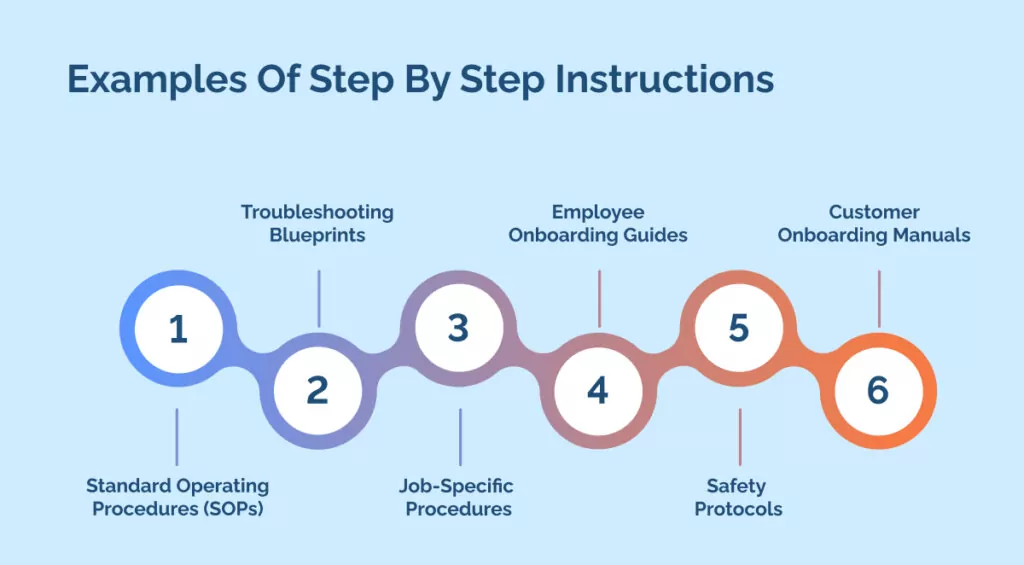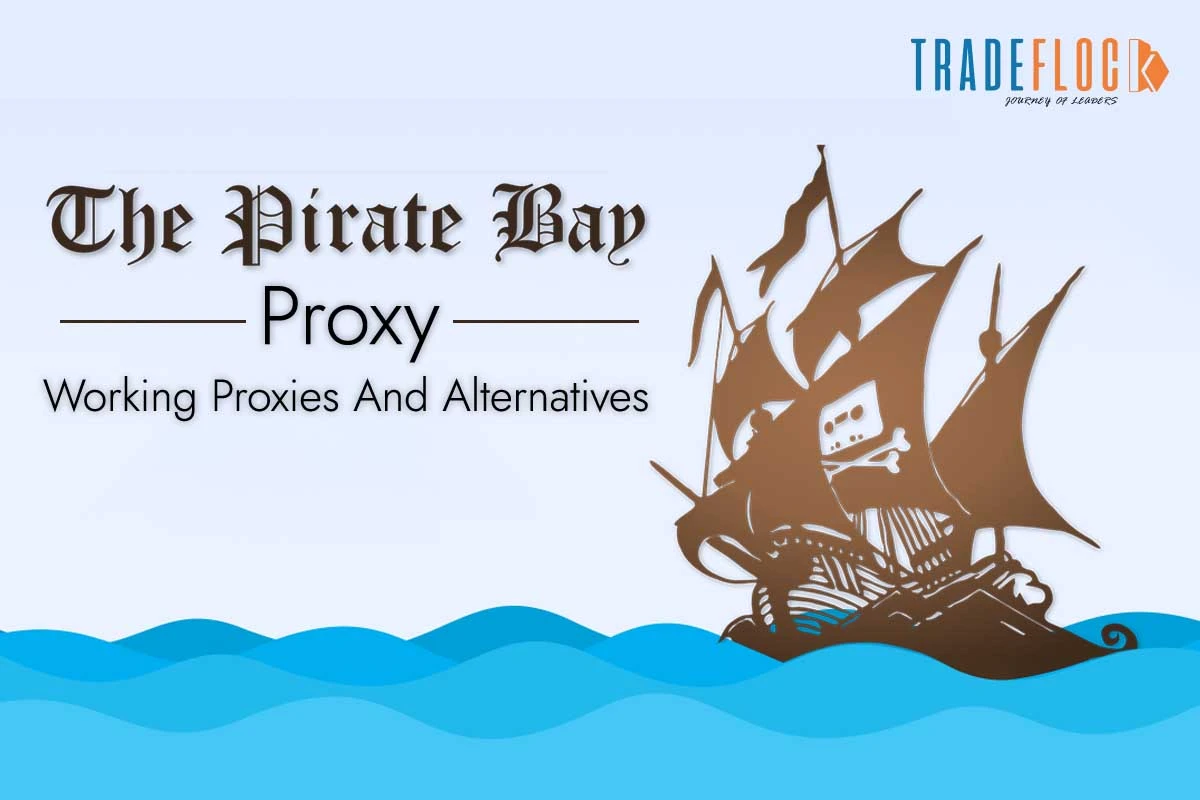The digital landscape of the internet prox has evolved drastically over the past two decades. Among the myriad of developments, pirate proxies have become a significant topic of discussion, particularly in the context of online content accessibility and copyright infringement. Pirate proxies are essentially websites or servers that allow users to access content from blocked or restricted sources, often associated with websites like The Pirate Bay, YTS, and others. These proxies enable users to circumvent censorship or geographical restrictions, making it possible to access a plethora of digital content, including movies, music, games, and software.
But what exactly are pirate proxies, and how do they function? Why have they become such a controversial yet pivotal part of the internet? In this blog, we’ll delve into the history, mechanics, legalities, and the future of pirate proxies, as well as their impact on the digital ecosystem.
The Rise of Pirate Proxies
Pirate proxies first emerged as a reaction to the increasing censorship and blocking of torrent websites by ISPs (Internet Service Providers) and governments around the world. Websites like The Pirate Bay, which allowed users to download and share copyrighted material for free, quickly became targets for takedowns. As a result, many of these sites were either taken offline or restricted in certain countries.
When these primary sites became inaccessible, users began to create mirror or proxy sites. These proxies work as intermediaries, rerouting requests to the original (blocked) website’s servers while bypassing restrictions. Pirate proxies allowed users to continue accessing content without directly visiting the blocked sites, providing a way to evade local laws and restrictions.
Over time, the usage of pirate proxies skyrocketed, driven by factors like:
- Ease of Access: With ISPs blocking direct access to torrent sites, pirate proxies became an easy and quick solution for users who didn’t want to set up complex VPNs or use other privacy tools.
- Content Availability: Some content is simply not available in certain regions due to licensing restrictions, making pirate proxies the go-to option for people seeking unrestricted access.
- Cost Factor: Legal alternatives, such as streaming services, come at a cost. Pirate proxies, on the other hand, offer free access, making them an attractive, albeit illegal, alternative.
- Resistance Against Censorship: In some countries, censorship laws are stringent, with access to certain sites being completely banned. Pirate proxies thus became a tool for digital activism, with users seeing them as a way to fight against oppressive regulations.
How Pirate Proxies Work
Understanding the technical aspects of pirate proxies involves grasping a few core concepts. At their heart, pirate proxies act as middlemen between the user and the blocked site. When a user types the URL of a proxy site, the proxy forwards the request to the original blocked site, fetches the data, and then displays it to the user.
Here’s a step-by-step breakdown of the process:

- User Request: The user visits a pirate proxy site.
- Proxy to Source: The proxy site reroutes the request to the original site (e.g., The Pirate Bay), which is blocked in the user’s country.
- Data Retrieval: The proxy fetches the content from the original site and sends it back to the user.
- User Access: The user now has access to the previously blocked content as if they were visiting the original site.
This entire process happens without the user’s ISP knowing that they are accessing blocked content, as the ISP only sees that the user is visiting a different site, which in this case is the proxy.
Legal Implications and Risks
While pirate proxies have become popular, their use isn’t without risk, particularly when it comes to legality and security. Downloading or streaming copyrighted material through such proxies is generally considered illegal in most countries. The repercussions of using pirate proxies can range from receiving warning letters from ISPs to heavy fines and, in extreme cases, legal action.
- Legality: Many countries have stringent laws against accessing or distributing copyrighted content. When users visit a proxy site, they are essentially bypassing these laws and can be held liable. Even visiting such sites can sometimes trigger warnings from ISPs or the authorities.
- Security Risks: Since pirate proxy sites often operate in legally gray areas, they are not regulated or monitored for safety. As a result, users can be exposed to a range of security threats, including malware, phishing attacks, and spyware. Malicious ads or pop-ups on these sites can also infect devices with unwanted software.
- Data Privacy: Proxy sites can potentially log user data. In an environment where anonymity is key, this is a significant risk. Many proxy sites claim not to keep logs, but there’s no guarantee of this being true. If the data were to fall into the wrong hands, users could face serious consequences.
- Monetization through Ads and Malware: Pirate proxies often display intrusive ads, some of which may lead to malicious sites. There have also been instances of proxies being used to mine cryptocurrency on users’ devices without their knowledge.
The Battle Between Copyright Holders and Pirate Proxies
The war between copyright holders and pirate proxies is relentless. As soon as one proxy is taken down, another one pops up. This cat-and-mouse game has led to several legal battles and shutdowns of major torrent sites over the years. Yet, despite these efforts, the number of proxy sites continues to grow.
Copyright holders have sought to tackle this issue through several approaches:
- Court Orders and ISP Blocks: Copyright holders often obtain court orders to have ISPs block access to certain proxy sites. These blocks are typically at the DNS level, which means users trying to access the site will get an error message instead.
- Domain Seizures: Authorities can seize domains associated with illegal distribution of copyrighted material, making it impossible to access the site. This has happened to several prominent torrent sites, which then shift to new domains or proxies.
- Website Take-Downs: Through collaboration with international authorities, some major pirate proxy networks have been shut down. This requires coordination across borders, as these sites often operate from countries with more lenient copyright laws.
- Monetary Settlements: In some cases, website owners are sued and settle out of court, agreeing to take down their sites permanently.
The Future of Pirate Proxies
As long as there is demand for unrestricted access to content, pirate proxies will likely continue to exist. However, technological advancements and evolving legal frameworks may make it more difficult for such sites to operate. One potential outcome is a shift towards more decentralized platforms, which would be harder to monitor and shut down.
In response to the challenges posed by pirate proxies, some content creators and copyright holders have adapted by making content more accessible and affordable. Streaming services like Netflix, Hulu, and Spotify have shown that when given a convenient and legal option, many users prefer to support creators through legitimate channels.
Yet, even with these efforts, the appeal of pirate proxies remains strong, especially in regions where legitimate access to content is limited or where consumers cannot afford multiple subscription services.
Conclusion: Understanding the Pirate Proxy Phenomenon
The phenomenon of pirate proxies represents the intersection of technology, legality, and user demand. They are a testament to the adaptability of the digital community, as users find ways around restrictions and limitations. While they provide a means for accessing blocked content, their use carries significant risks and ethical considerations.
As technology and legal measures evolve, the landscape of pirate proxies will continue to shift. Whether they fade away or become even more sophisticated, one thing is clear: the desire for unrestricted access to content isn’t going anywhere. It’s up to copyright holders, tech companies, and users to find a balance that respects the rights of creators while addressing the demand for accessible and affordable content.
In the end, pirate proxies are more than just tools for bypassing blocks—they are a reflection of the complexities and challenges that come with a globally connected and highly regulated internet.


2 thoughts on “Navigating the Pirate Proxy Network: An In-Depth Look at the World of Pirate Proxies”